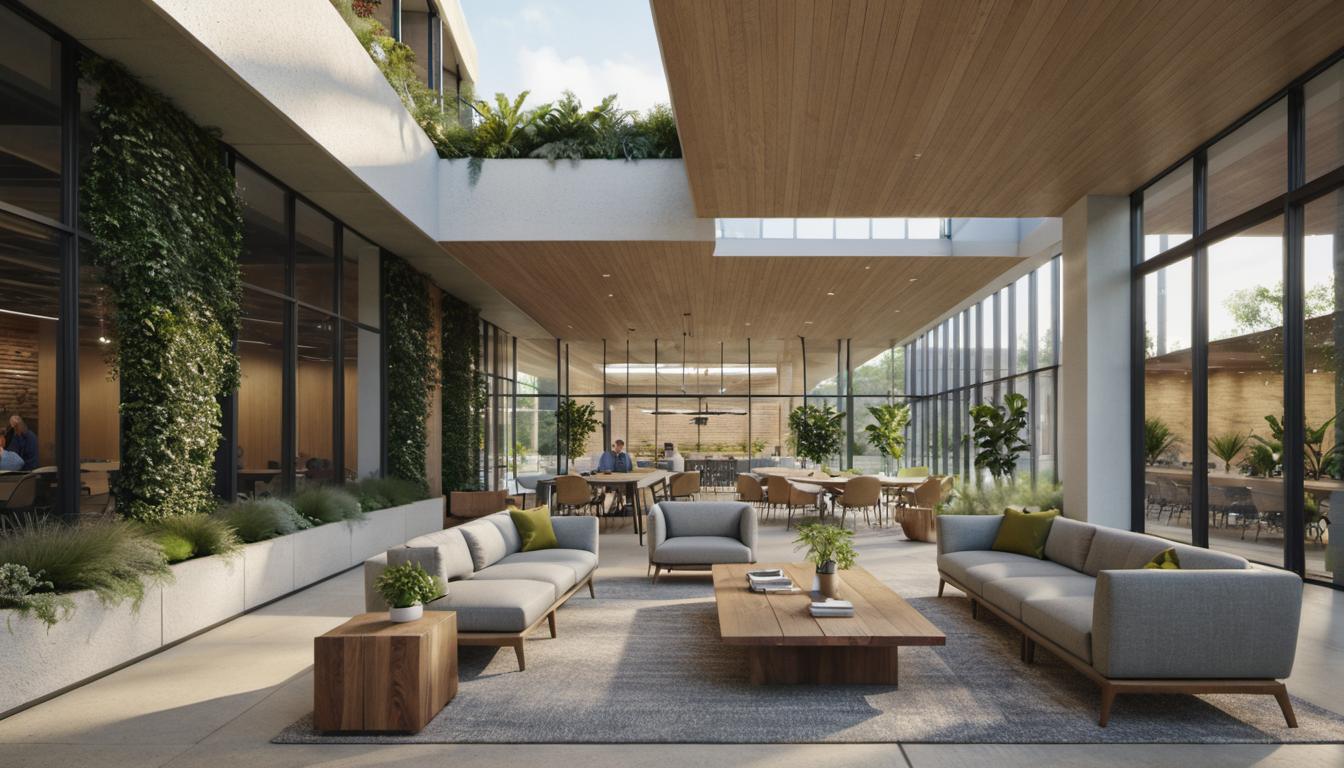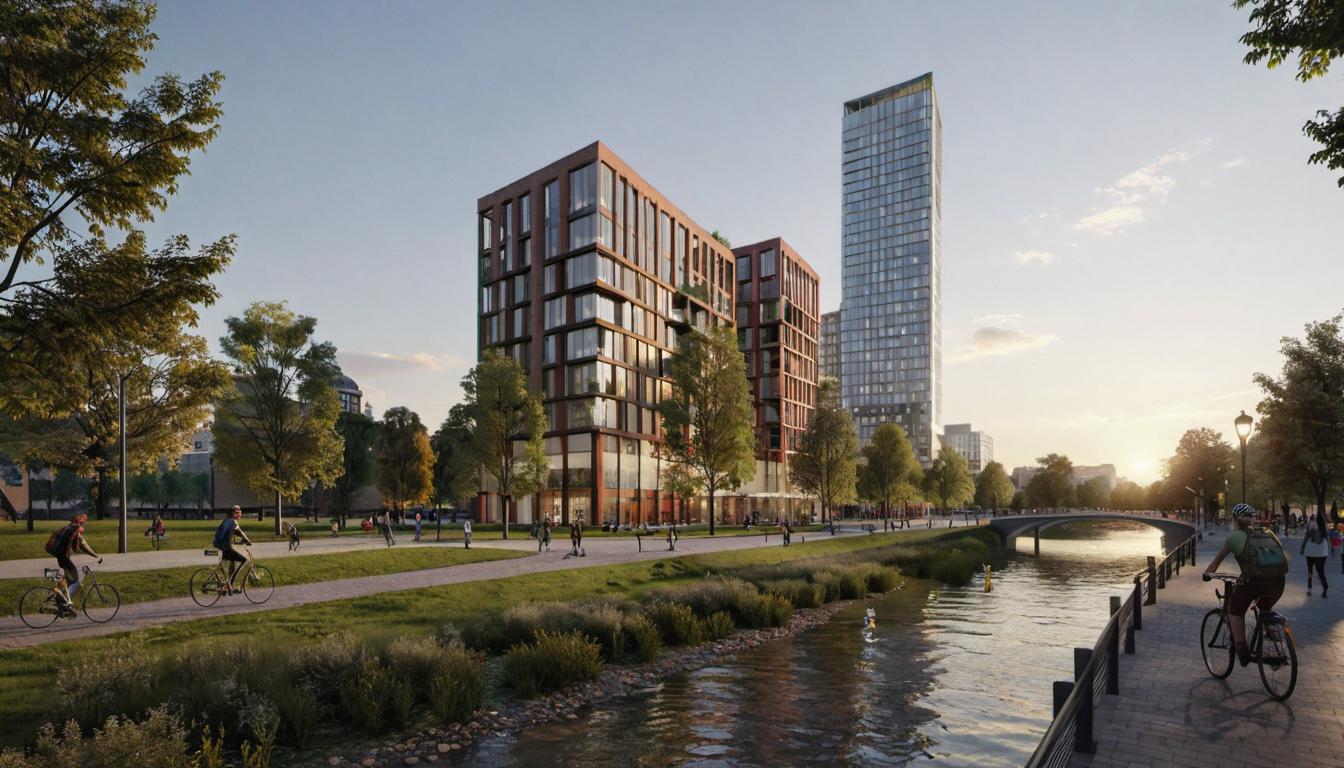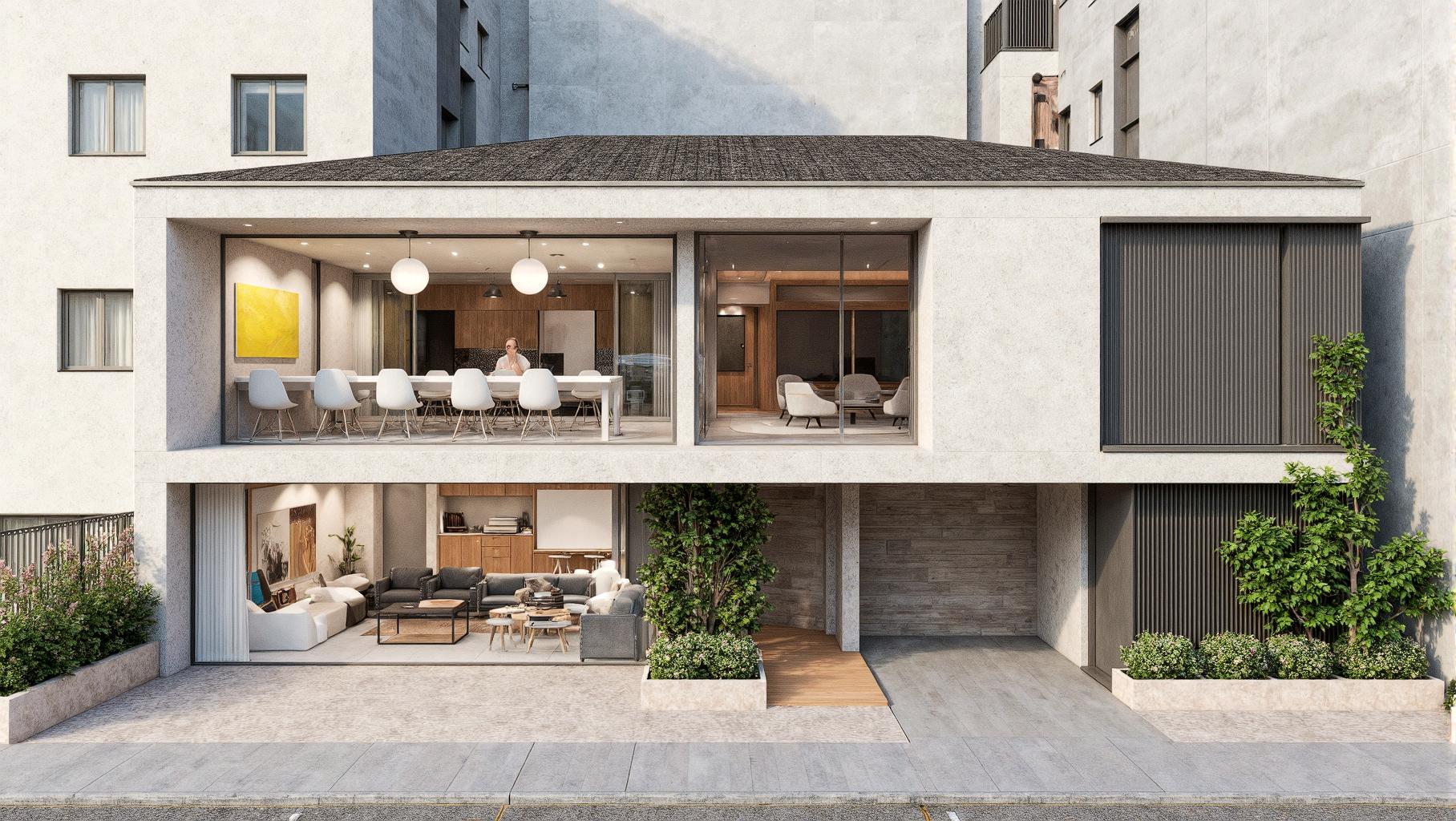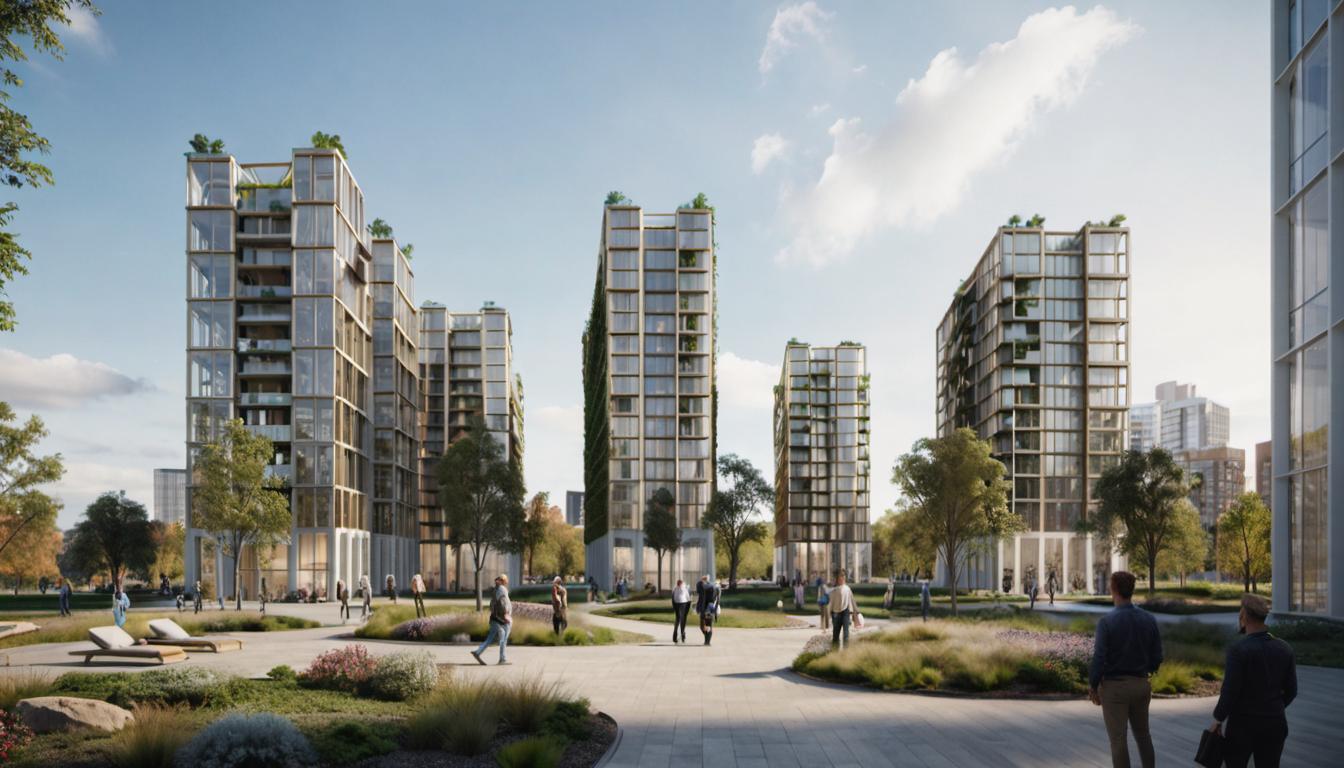A Glimpse into Architectural Rendering
Architectural rendering refers to the process of crafting a two-dimensional animation or image that reflects the architect’s plan. It presents detailed attributes of the final design scheme, giving architects a clear view of ongoing projects and suggesting necessary adjustments. Architects use up-to-date 3D modeling software for an array of purposes, including presentations. Simultaneously, some professionals stick to traditional hand-drawn renderings or combine manual techniques with digital ones to breathe life into their conceptualizations.
- The essentials of architectural rendering: Architectural rendering employs either a 3D visualization or traditional methods to provide a realistic image of a future building or space. It taps into rendering software to transform a design project into a tangible image.
- The blend of traditional and digital methods in rendering: While modern architects increasingly use software like SketchUp and Revit for 3D modeling, some stick to hand-drawn renderings or mix conventional methods with digital.
Key Roles and Applications of Architectural Rendering
Renderings serve various functional roles in design creation, analysis, and presentation. Their value in the real estate sector is unquestionable owing to their significant influence on final design decisions pre-construction.
- Rendering as a tool for design analysis and presentations: 3D rendering assists in visualizing design ideas before actual crafting. This early-stage visualization aids in spotting potential glitches and amends them long before construction starts.
- Implications in the real estate industry: 3D renders present a realistic portrayal of a design before construction. These authentic-looking visuals cater to stakeholders who might struggle to grasp designs merely from drawings.
Architectural Rendering: Going Beyond Visual Representation
Rendering is not just a tool for visual representation; it’s an efficient marketing and advertising utility. It helps architects promote their design ideas, solicit feedback for enhancement, and lure more clients.
- The value of rendering in marketing and sales: 3D rendering can efficiently market design ideas, granting real estate professionals an edge over competitors. It is ideal for attracting potential clients and selling concepts at enticing prices.
- The creative side of architectural rendering: Beyond architectural schematics, renderings play a key role in retail as well. These visuals express the creative scope of architectural plans and tell the narrative of the real estate project with striking clarity.
Influence of Architectural Rendering on Developments in the Field
Rendering has a profound impact on architectural advancements. Coupled with developing technology, it leaves significant imprints on the building and construction sector. It empowers architects with control over design aspects and catalyzes an array of emotional responses in potential clients.
- Architectural rendering and technological advancements: Progress in rendering technology has synchronized with architecture, pushing the field toward complex presentations that ensure safety, security, and sustainability in construction.
- Impact on safety, security, and sustainability in constructs: Proper architectural renderings can help identify potential design flaws, consequently improving overall building safety and project sustainability.
The Efficiency of Resources Through Architectural Rendering
Renderings have a significant influence on resource efficiency. They help identify and rectify project downsides, hence saving time, money, and effort, amplifying overall productivity and creativeness.
- Time, money, and effort saved through rendering: Architectural rendering helps flag and address issues at the design stage, saving loads of time, money, and potentially avoiding future snags.
- Incorporation of AI and future innovations: Incorporating cutting-edge techniques such as artificial intelligence in rendering opens new doors to future innovations, pushing architectural design further.
Dynamics of Architectural Rendering and Design Visualization
Rendering plays a crucial role in visualizing design concepts. It eliminates guesswork and improves communication with clients and stakeholders. Moreover, clients appreciate these decisions since tangible, visual decisions remove associated risks of misinterpretation or misunderstanding.
- Critical role of rendering in visualizing design ideas: Rendering aids in brainstorming new design possibilities. Different concepts and options can be compared, leading to innovative, improved designs.
- Elimination of guesswork and enhanced communication with stakeholders: 3D rendering aids architects in sharing their vision, making it easier for stakeholders to grasp the project.
Cost-effectiveness and Selling Potential of 3D Rendering
Rendering holds immense potential in the field of architecture in terms of cost efficiency and potential. It presents complex designs in an easily comprehensible manner, stirs emotional responses and aids architects in making more informed decisions.
- Impactful details and realism offered by 3D rendering: High-definition textures, light effects, and other details make the render look close to the final construction.
- Rendering as an advantage in competition and selling point : The meticulous details and stunning visuals offered by 3D rendering give architects a competitive edge, attracting more clients and selling ideas at competitive prices.
The Future of Architectural Rendering
The future of architectural rendering looks promising with augmenting reality and 3D rendering techniques becoming increasingly prevalent. It allows for broader visualization and facilitates understanding of the overall visual impact of a building within its intended environment.
- Potential of 3D rendering in city and neighborhood design: This tool is invariably useful in large scale projects such as designing entire cities or neighborhoods. The use of augmented reality provides unique, vital insight into the future of the project.
- The role of augmented reality features in foreseeable architectural planning: With augmented reality, architects and clients can imaginatively step into their projects before construction, helping them visualize and understand space from a close-to-reality perspective.
FAQ on Why Project Renderings Are Important in Architectural Planning
Here we answer some of the most frequently asked questions about the importance of project renderings in the realm of architectural planning.
- What is the role of architectural rendering in project planning? It plays a pivotal role in visualizing design ideas, identifying potential problems, and rectifying them pre-construction. It aids architects and designers in presenting and selling their ideas convincingly to investors and stakeholders.
- How does architectural rendering support real estate marketing? Architectural rendering brings design ideas to life, thereby making it easier to communicate these ideas to potential clients. It is not merely an interpretive tool, but also an effective marketing and advertising instrument to promote real estate projects.
- What advantages does 3D rendering offer to architects? 3D rendering plays a key role in visualizing a design before actual construction commences. Different elements like high-definition textures and light effects make renders come close to reality, thus enabling architects to refine their designs even before the project takes off.
- Why is architectural rendering an important tool for retail? Rendering is particularly impactful in retail as it allows a comprehensive storytelling about a real estate project. High-definition visuals of decorations and surroundings weave a narrative, allowing real estate companies to promote their work effectively.
- How does architectural rendering contribute to resource efficiency? Renderings help in quick identification and rectification of design flaws, hence saving significant resources such as time, money, and effort. This further underlines the importance of project renderings in architectural planning.
In reflection, architectural rendering is a powerful tool in architectural planning. It provides benefits not just in terms of fantastic representations, but also offers clear benefits to the architectural and real estate industry. Its importance in pre-empting design challenges, improving communication with stakeholders, enabling creativity, and providing a competitive edge in the market justifies its indelible role in architectural planning.






